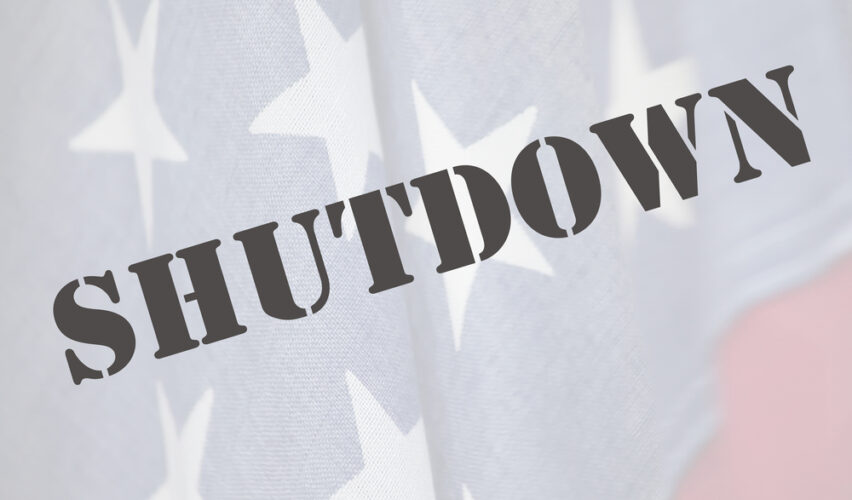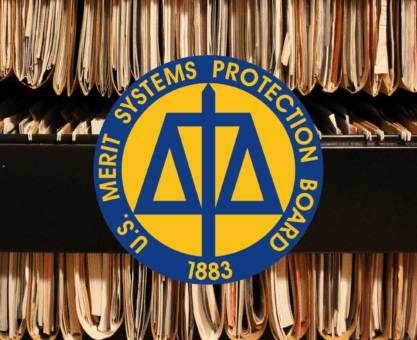When Congress fails to pass appropriations or a continuing resolution, many agencies funded by annual appropriations must halt operations. This triggers what’s known as a “shutdown furlough,” in which federal employees are either placed on furlough or designated as “excepted” to continue working. While disruptive in the moment, federal guidance makes clear that pay and benefits are ultimately protected once funding resumes. Federal employees should be prepared for the financial inconvenience of delayed paychecks and understand their agency’s designation of excepted versus furloughed status.
Who Keeps Working and Who Doesn’t
During a shutdown, employees generally fall into three categories:
- Excepted employees must continue reporting to work because their roles are tied to public safety, property protection, or other legally required duties.
- Exempt employees are funded through non-appropriated sources and therefore remain unaffected.
- Furloughed employees are directed not to work until funding is restored.
Pay and Retroactive Compensation
By law, both furloughed employees and those who continue working during a lapse must receive back pay once appropriations are approved. Retroactive pay covers the full “standard rate,” including base pay, overtime, differentials, and allowances. The catch is timing; employees often experience a gap before those funds are released, creating temporary cash-flow shortages.
Leave and Time Off
One of the most immediate effects of a shutdown is the cancellation of paid leave. Any annual, sick, or other paid leave scheduled during the lapse is void. Unpaid leave, however, still applies. Importantly, federal employees who had properly scheduled “use-or-lose” leave that could not be taken because of the shutdown are entitled to have that leave restored.
Benefits Coverage
Even though pay is delayed, benefits coverage continues. FEHB, dental and vision coverage, and other insurance programs remain active. Premiums that cannot be deducted during the lapse are withheld retroactively once payroll resumes. The Thrift Savings Plan also remains operational, though contributions may be interrupted if pay is paused.
Service Credit and Accruals
Furlough hours still count toward leave accrual, within-grade increases, and retirement credit once retroactive pay is issued. This means the shutdown does not reduce long-term service records.
What About the DRP?
Federal employees participating in the DRP are also covered under the back pay protections of the Government Employee Fair Treatment Act of 2019. Like other federal workers, they are entitled to retroactive pay for the shutdown period. However, this only applies up until their official separation date under the program. Once that date passes, DRP participants are no longer eligible for additional back pay, even if the shutdown continues beyond their departure.
Need help navigating your complex federal benefits? Reach out to a Federal Retirement Consultant (FRC®) today.



























